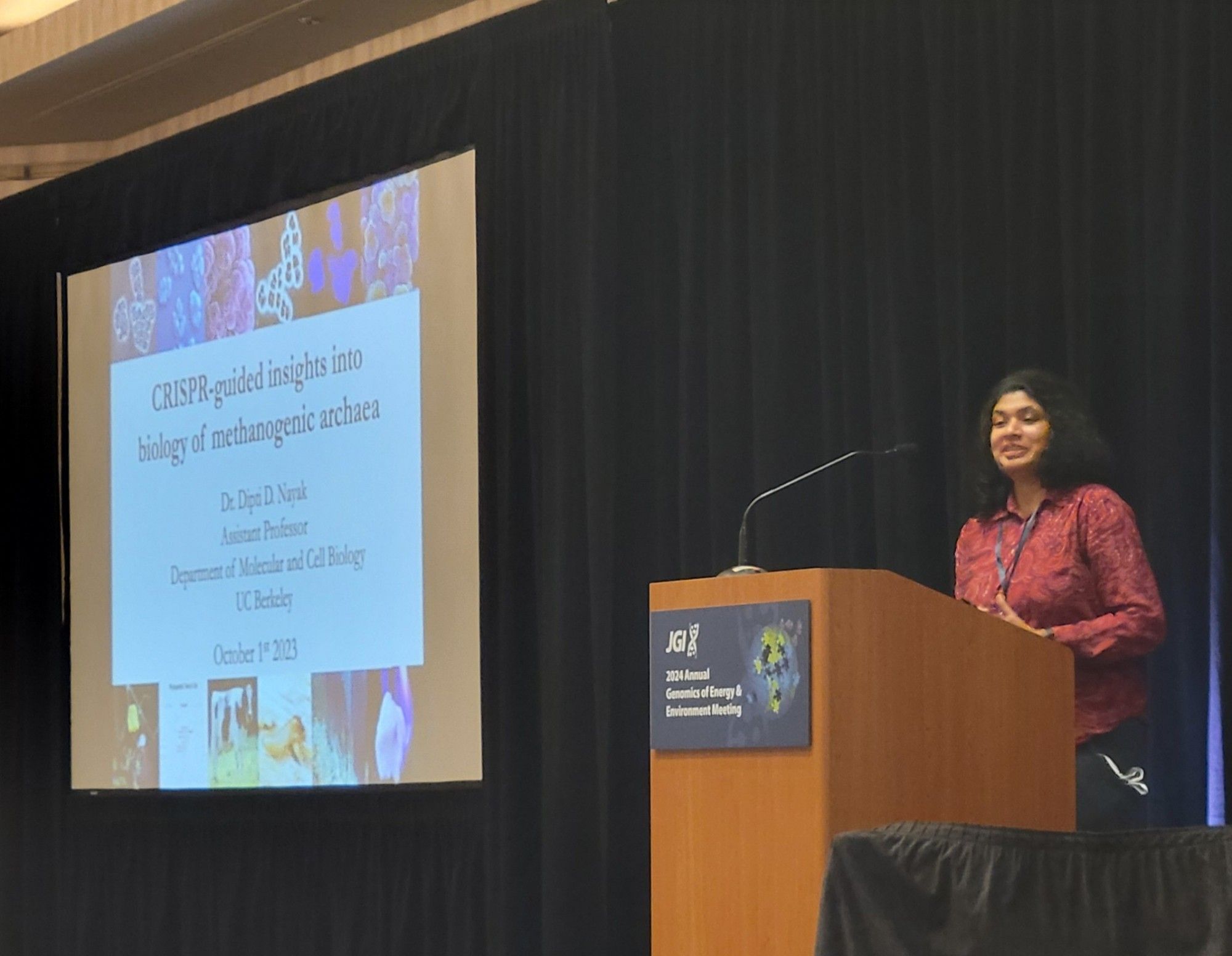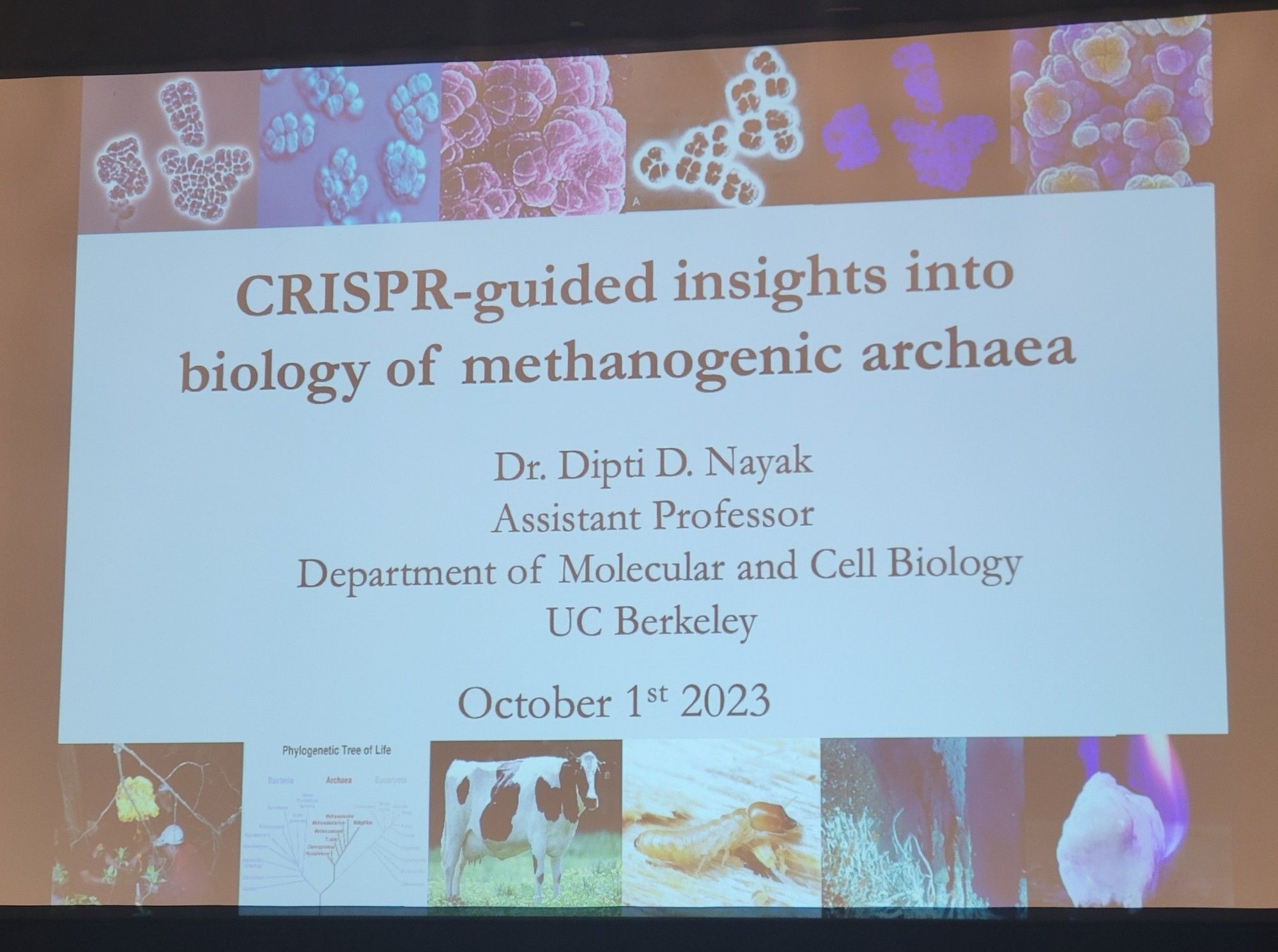Sporadic distribution of a new archaeal genetic code with all TAG codons as pyrrolysine www.biorxiv.org/content/10.1... The distribution among the archaea:

Let's talk about methane! Where does it come from? What can we do about it? Dipti Nayak (UC Berkeley) uses CRISPR to understand the biology of methanogenic archaea #JGI2024@jgi.doe.gov



Nitrosotalea devaniterrae gen. nov., sp. nov. and Nitrosotalea sinensis sp. nov., two acidophilic ammonia oxidising archaea isolated from acidic soil, and proposal of the new order Nitrosotaleales ord. nov. within the class Nitrososphaeria of... www.microbiologyresearch.org/content/jour...#jcampubs
Imagine this conversation between marine archaea instead of artists and that's how membrane lipid paleothermometers like TEX86 and UK37 work.
This is what good organic bud should look like! No plant growth hormones used. Grown in soil with vegan organic feeds in living soil with mycelium and microbes and archaea and sugars to feed them. I think this was ‘Fruit spirit’
Surprisingly (to me), we found quite a lot of them. ~5% of archaea in our database have homologs of peptidoglycan hydrolases. Do they kill bacteria? We tested a couple and, well, you can guess the answer. Which bacteria do they kill? Can we predict the targets? 7/10
We focused on peptidoglycan hydrolases, enzymes that cleave peptidoglycan. Archaea don’t have peptidoglycan (some methanogens have something similar but different, called pseudomurein). So they should have no cell-intrinsic use for peptidoglycan hydrolases, right? 6/10
So, let’s assume there’s conflict, but we’ve largely missed it. How can we discover antagonistic interactions between archaea and bacteria? Experiments are good, of course – chuck them together into the Thunderdome, maybe take away their food, and see if somebody turns nasty.4/10
But what about antagonistic interactions, which are very common between different bacteria? Are archaea just... nice? Probably not: archaea, it turns out, quite like to smash each other up (at least the halophiles). 3/10
We don’t know a great deal about the social life of archaea, especially how they interact with their more abundant cousins: bacteria. What we do know is mostly about syntrophic interactions, where archaea and bacteria live together for mutual benefit. 2/10